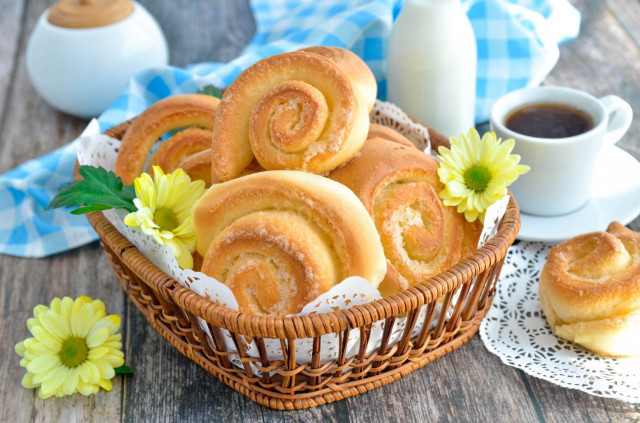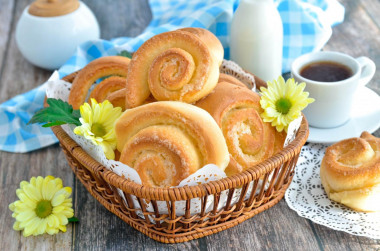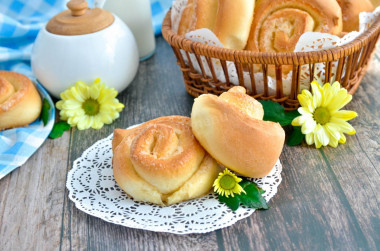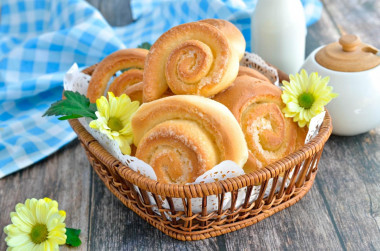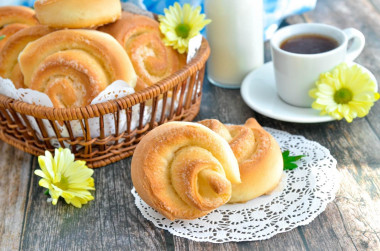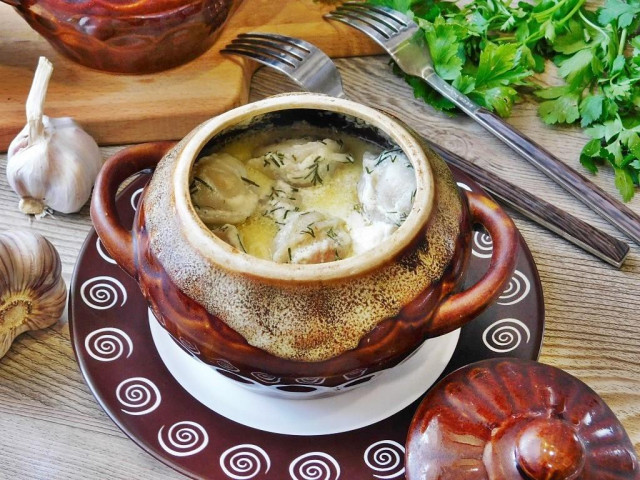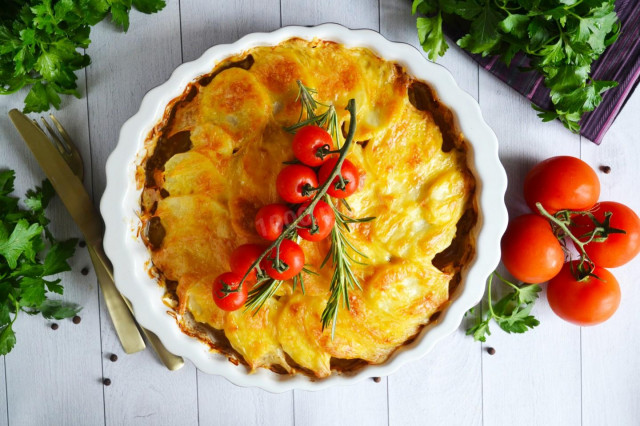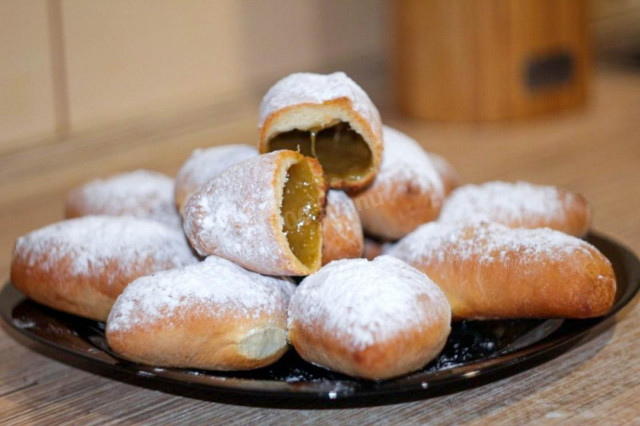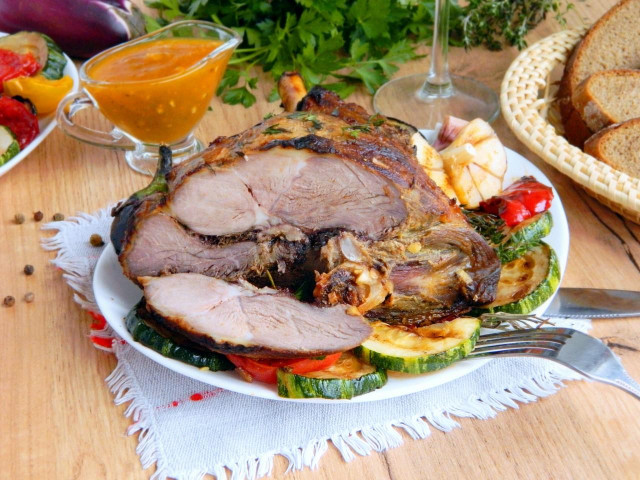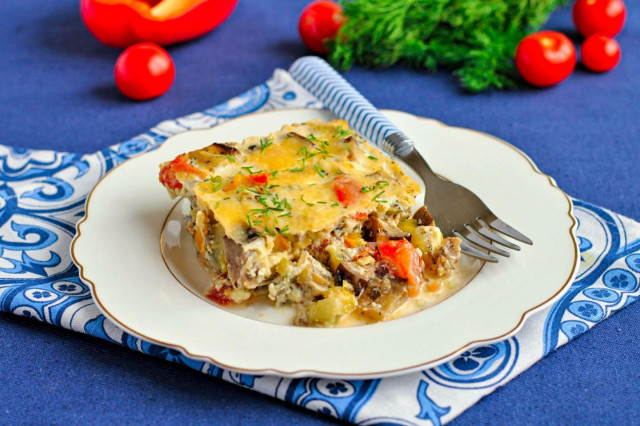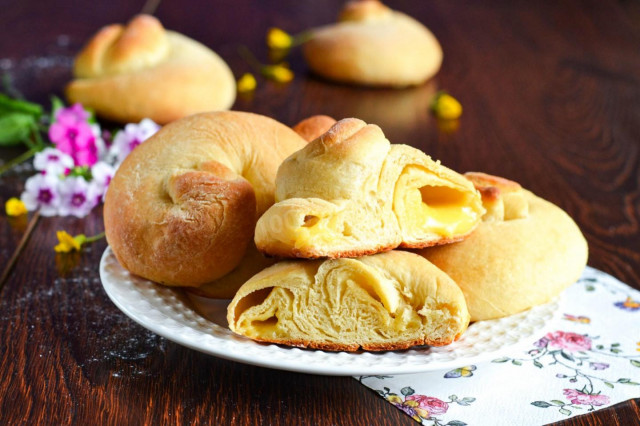Composition / ingredients
Step-by-step cooking
Step 1:
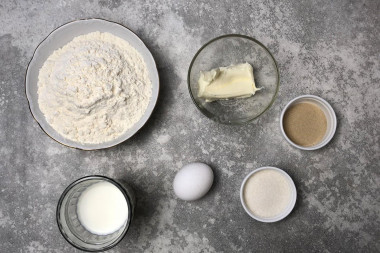
How to make French buns? Prepare the products. Flour can go more or less than the amount specified in the recipe. I was cooking half a serving.
Step 2:
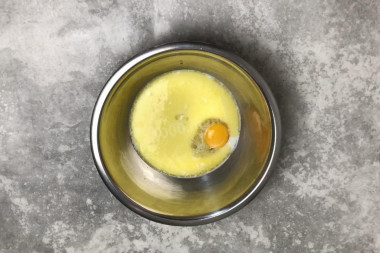
How to make dough for buns? Heat the milk on the stove or in the microwave until warm. The comfortable temperature for yeast activation is about 40 ° C, do not overheat. Pour the milk into a bowl. Add the egg, melted butter, sugar and salt to the same place. How to melt butter? Read about it at the end of the recipe.
Step 3:
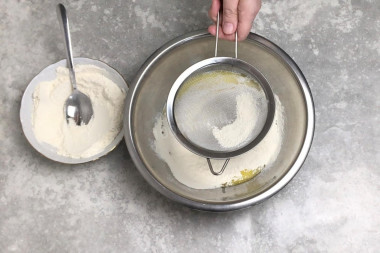
Start adding portions of flour by sifting it through a sieve. Do not pour all the flour at once, you will add it gradually when kneading, calculating the amount according to the state of the dough. I put half of all the flour first.
Step 4:
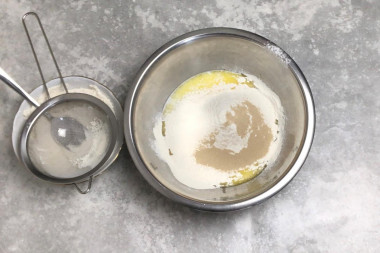
Pour yeast on top.
Step 5:
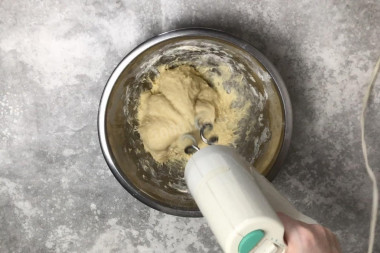
Start kneading the dough. The most convenient way to do this is with a mixer with bread nozzles. But you can knead with your hands, just be prepared for a long kneading. Pour in the remaining flour in portions of two spoons. When the dough becomes steep enough and starts to lag behind the walls, stop.
Step 6:
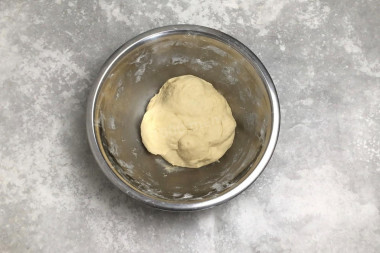
The finished dough is pliable, completely non-sticky and very soft. Assemble it into a ball.
Step 7:
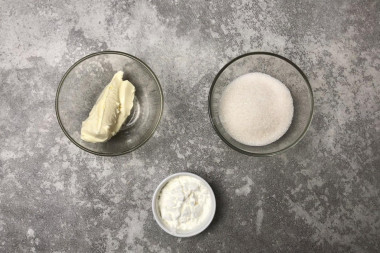
Prepare the products for the filling. Take the oil out of the refrigerator in advance, it should completely soften.
Step 8:
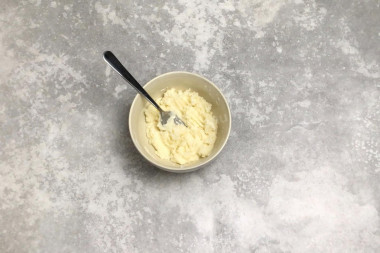
How to make a filling for buns? Put the butter, sugar and starch in a bowl. Mash the ingredients with a fork until smooth.
Step 9:
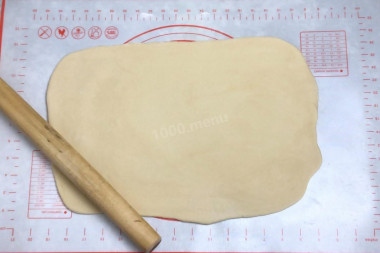
Put the dough on a floured work surface. Roll it out into a rectangle about 5 mm thick.
Step 10:
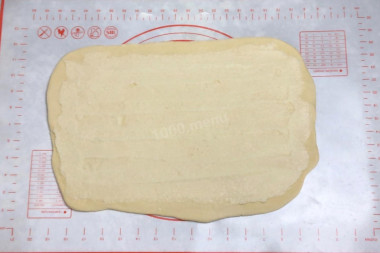
Spread the dough evenly with the filling.
Step 11:
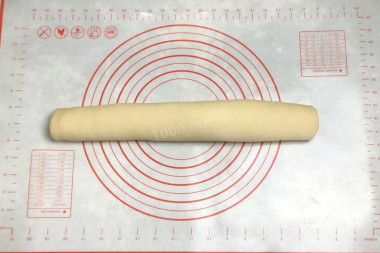
Roll the dough into a roll on the long side.
Step 12:
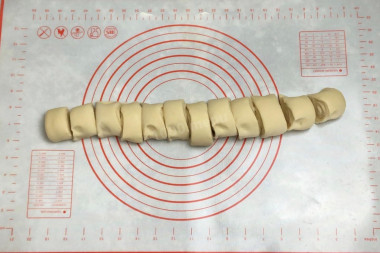
Cut it into identical pieces with a knife. I got 12 buns out of half a serving of food.
Step 13:
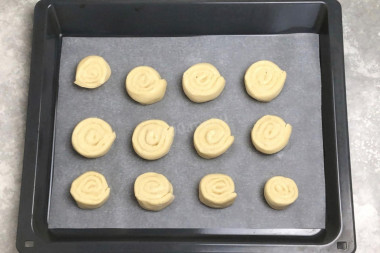
Take a baking sheet, grease it with oil or cover it with parchment paper. Spread out the buns, leaving a distance between them — they will grow during proofing and baking. Cover the baking sheet with the rolls with a towel and leave at room temperature for one hour.
Step 14:
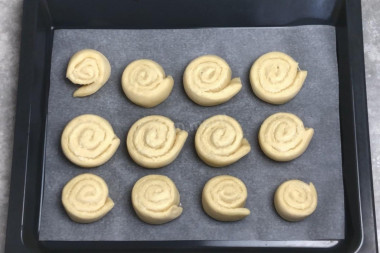
After an hour, the buns will increase in size.
Step 15:
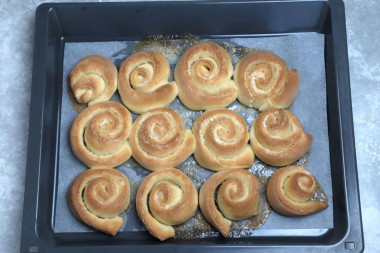
Preheat the oven to 220 °C, top-bottom mode. Then lower the temperature to 180 °. Put the baking tray with the rolls in the oven. Bake them for about 15-20 minutes until golden brown. Determine the exact time and temperature of baking according to your oven. The oil from the filling will flow out a little, it's not scary. Take out the finished buns and remove them from the paper.
Step 16:
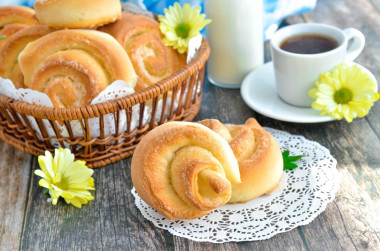
Serve the buns with your morning coffee or tea. They are delicious both warm and cold.
These buns are wonderfully good — soft, tender, with a candied crust. A very successful recipe, I especially liked the fact that the dough fits in ready-made products.
Butter can be melted in the microwave in the appropriate mode (read the instructions for your device) or in a water bath. How to melt butter in a water bath? You will need two containers of different diameters. Pour water into a large one and put it on the stove. Place the smaller container on top so that it is submerged in water by about half. Put the sliced butter into it. Under the influence of boiling water, the oil will begin to melt. Stir the oil slightly to speed up the process. As soon as the pieces of oil are completely dissolved, remove the container from the stove.
Be prepared for the fact that you may need more or less flour than indicated in the recipe. Focus not on the amount of flour, but on the desired consistency of the dough. To avoid mistakes, read about flour and its properties!
Keep in mind that everyone's ovens are different. The temperature and cooking time may differ from those specified in the recipe. To make any baked dish successful, use useful information about the features of ovens !
Caloric content of the products possible in the composition of the dish
- Whole cow's milk - 68 kcal/100g
- Milk 3.5% fat content - 64 kcal/100g
- Milk 3.2% fat content - 60 kcal/100g
- Milk 1.5% fat content - 47 kcal/100g
- Concentrated milk 7.5% fat content - 140 kcal/100g
- Milk 2.5% fat content - 54 kcal/100g
- Chicken egg - 157 kcal/100g
- Egg white - 45 kcal/100g
- Egg powder - 542 kcal/100g
- Egg yolk - 352 kcal/100g
- Ostrich egg - 118 kcal/100g
- Whole durum wheat flour fortified - 333 kcal/100g
- Whole durum wheat flour, universal - 364 kcal/100g
- Flour krupchatka - 348 kcal/100g
- Flour - 325 kcal/100g
- Granulated sugar - 398 kcal/100g
- Sugar - 398 kcal/100g
- Starch - 320 kcal/100g
- Butter 82% - 734 kcal/100g
- Amateur unsalted butter - 709 kcal/100g
- Unsalted peasant butter - 661 kcal/100g
- Peasant salted butter - 652 kcal/100g
- Melted butter - 869 kcal/100g
- Salt - 0 kcal/100g
- Dry yeast - 410 kcal/100g

